
Five years ago, catching sight of chiseled naked men plastered on shopping bags carried by strutting adolescent girls was not an uncommon view in Chicago.
Now, these once iconic Abercrombie & Fitch (A&F Co.) bags are being replaced by PINK ones instead. There was a time when A&F’s sexy advertisements and half-dressed models attracted endless lines of customers inside the North Michigan Avenue store. A time when girls would spend the whole of their savings for a tiny embroidered moose to wear on their chests, but take a long walk today down the Magnificent Mile, and it’s no longer screaming, “Sex sells!” Times are changing.
What’s the word now? “Diversity.” With this celebration of difference spreading throughout America, people no longer want to wear clothes that say, “I fit in.” They want their clothes to say, “I’m different, and I am happy with that.”
In 1992, Mike Jeffries became the CEO of A&F Co., declaring he wanted the company to “sizzle with sex.” His philosophies worked until recently. Now, people aren’t paying attention to the soft pornographic advertising that once provoked them to buy A&F clothing. According to Bloomberg, a premier site for business and financial market news, the Abercrombie & Fitch Company (which includes A&F, Abercrombie Kid’s, Hollister, and Gilly Hicks) has lost a third of its market value in the past year. As of August 2012, the company had lost 2.5 percent of its revenue since the beginning of the year. Why? Perhaps because Jeffries refuses to alter his marketing strategies. Perhaps because he refuses to expand the qualifications for “the look” he has established for his company, declining his invitation to the celebration of difference.
“We do try to incorporate diversity into our employee roster, but it’s difficult. It’s hard to stay consistent with ‘the look’ and strive for diversity at the same time,” said a former A&F Co. employee who attends the University of Illinois at Chicago (UIC). “A lot of our employee hiring is done through recruiting. We call our sales associates ‘models’ because A&F has no advertising outside its own store models…we have a recruiting guide called ‘The Look Book.’ When we’re looking for kids to add to our employment roster, we use ‘The Look Book’ as our guide: it consists of preppy, naturally good-looking kids. We have to turn down countless applicants because we don’t carry their size, or they don’t look good in our clothing. Sadly, we often turn down customers for the same [reason],” she said.
Shoppers are aware of this.
UIC student Samantha Kersjes said: “I don’t shop there [Abercrombie & Fitch]—their clothes don’t fit me right. I think very lowly of a company like that because obviously they’re saying that only one body image works for beauty and that’s thin, not curvy.”
Other stores, however, are indeed keeping up with societal trends, and it’s benefitting them greatly.
Take Victoria’s Secret, for example, who launched a “Love Your Body” campaign in 2010. Although the sight of their flawless models may not make women ‘love their bodies,‘ at least they are trying. The campaign included the expansion of bra sizes and addition of “curvier” models into their catalogues. As a lingerie company, they are still using sex as a marketing strategy; however, they have broadened their definition of “sexy,” making diversity the forefront. Their campaign’s name itself declares, “Any woman can be sexy.”
“It was smart. Victoria’s Secret has their perfect ‘Angels,’ but now they’re expanding their company ideas, and it’s great. They’re expanding their sizes too; everyone can shop there…I have friends who would have to order all their bras online, but now they can buy theirs at Victoria’s Secret because the store now carries their sizes,” said Audrey Lee, a junior undergraduate at the University of Illinois at Urbana-Champaign. “I’m starting to see diversity everywhere, especially on campus, and it’s important. It’s important that everyone feels confident in their own selves so we could all celebrate the differences that make the campus beautiful…[and that] should be seen in retail as well…I used to walk around campus, and every girl was wearing an Abercrombie sweater. I don’t see it anymore. Now, every other girl is wearing PINK…it’s not because the clothes became any more or less cute. It’s because, a lot of the time, we like what PINK stands for. We’re getting older and becoming more aware of brands and what they stand for, and I want to wear clothes that stand for something good.”
“’The VS girl is every girl,’ they told me when I interviewed [to work] there,” said a Victoria’s Secret employee who attends UIC. “We have something for everyone. We don’t just sell sexy lingerie. We sell beauty. We sell fragrance. We sell swimwear and sleepwear. We sell sports with our VSX collection. We sell fun and colorful with our PINK collection. We never turn down costumers—if we don’t have exactly what they’re looking for, we offer alternatives…we want everyone to feel comfortable and beautiful and unique in our merchandise. That’s what we’re told as employees, and that’s what we employees strive to convey to our customers.”
Maybe that’s why more “LOVE PINK” logos, rather than “Abercrombie & Fitch” ones, are appearing etched on the arms of young women around Chicago. Maybe that’s why Victoria’s Secret has become North America’s #1 specialty retailer of women’s intimate apparel, making over $1 billion per year, while A&F Co. sales continue to plummet downward.
Demographically speaking, the U.S. is one of the most diverse countries in the world. It is one aspect of the country that makes it outshine countless others. As citizens begin to recognize this and embrace their individualities, beauty is no longer contained to one single definition. Beauty is seen in a variety of ethnicities and body types. People have smiles on their faces because they are happy with whom they have been made to be—not because they fit into any sort of societal stigma. Successful retailers are recognizing this trend and therefore creating clothing to contribute to this celebration of difference. In order for retailers to expand their sales, they must expand their target audience. A long walk down the Magnificent Mile, and see that Chicago holds citizens of all different shapes, colors, and sizes. It’s not only the lights that make the city shine—it’s the assortment of people as well.


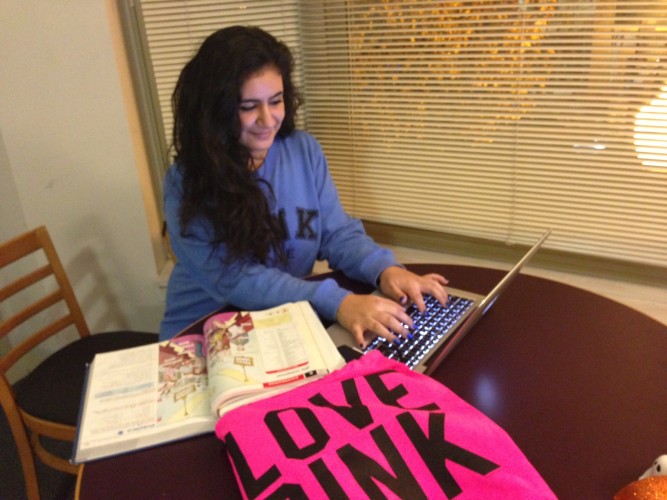






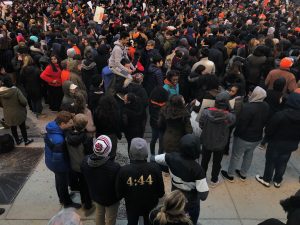
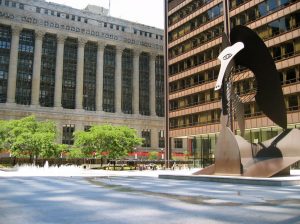


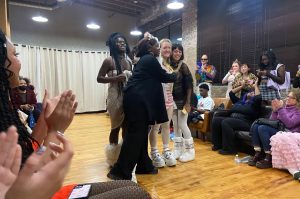
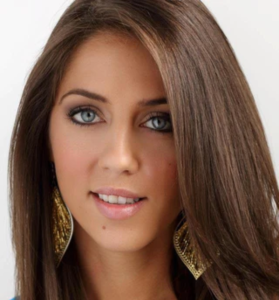

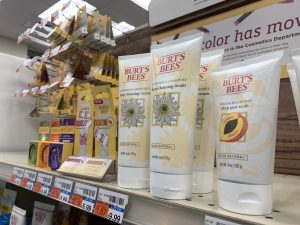

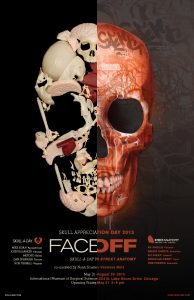



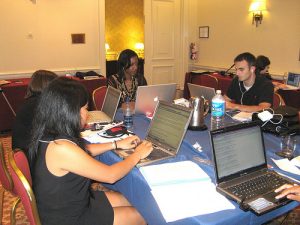
Be First to Comment